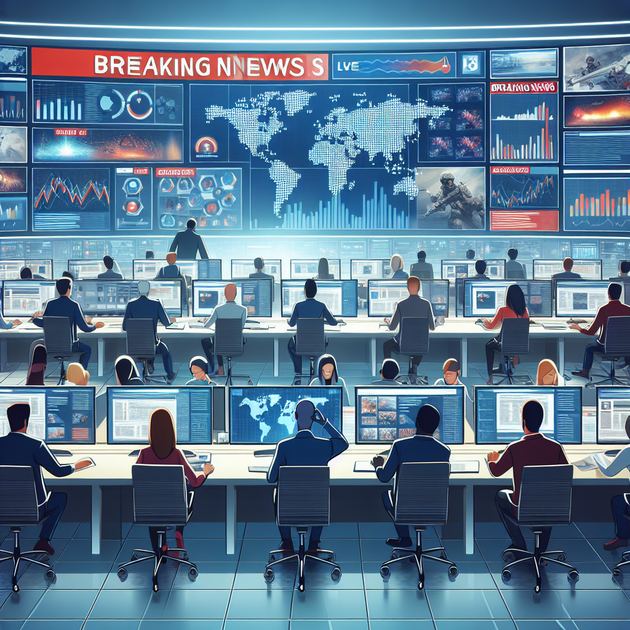What happens when a conflict stretches out over three years and shows no sign of ending? The ongoing Russian invasion of Ukraine has entered its 1333rd day, and the world is still watching and reacting in real time. For those following the situation closely, live threads have become a crucial resource for keeping up with fast-changing events.
Why Live Threads Matter for Following the Russian Invasion of Ukraine
Live threads have emerged as one of the fastest ways to track breaking developments in the Russian invasion of Ukraine. Unlike traditional news articles that summarize events after they happen, live threads provide real-time information as it unfolds. This format is especially useful for major conflicts where the situation can change by the hour.
Many reputable news sources use live updates to provide context and analysis throughout the day. For example, outlets like BBC News and Al Jazeera have dedicated live pages that update as new reports come in. These resources help readers avoid misinformation and stay informed about verified events.
Key Themes on Day 1333 of the Ukraine Conflict
With over 1,300 days of conflict, certain patterns and themes have emerged in the ongoing coverage. Here’s what tends to dominate live updates on days like today:
- Military Movements: Reports on troop advances, retreats, or significant battles.
- Civilian Impact: Updates about humanitarian needs, evacuations, and civilian casualties.
- Diplomatic Talks: Announcements on peace negotiations or international visits.
- Sanctions and Economic News: Details on new sanctions, economic impacts, or aid packages.
- Global Reactions: Statements from world leaders or organizations like the United Nations or NATO.
- Fact-Checking: Quick responses to rumors or misinformation spreading online.
How Global Reactions Shape the Ukraine News Cycle
The Russian invasion of Ukraine has drawn responses from nearly every corner of the globe. World leaders regularly issue statements, impose sanctions, or send humanitarian aid. For example, the European Union recently announced another round of support packages, and international organizations continue to monitor the situation closely.
Media outlets such as The New York Times and Reuters provide in-depth coverage, making it easier for readers to understand not just the headlines but also the broader consequences for Europe and the world.
Anecdote: How One Update Changed Perception
A few months ago, a live thread reported a sudden blackout in a major Ukrainian city. Initially, rumors ran rampant—was it a cyberattack? A targeted strike? Within minutes, official sources clarified it was due to infrastructure damage from ongoing fighting. For residents and those with family in Ukraine, having real-time updates provided clarity and a sense of connection. That’s the power of live threads: they cut through the noise and bring timely facts to the forefront.
How to Stay Informed Without Getting Overwhelmed
With so much information flowing in every day about the Russian invasion of Ukraine, it’s easy to feel swamped. Here are a few tips for keeping up without burning out:
- Rely on trusted sources like BBC News, CNN, or official government statements.
- Set aside specific times to check updates rather than staying glued to the news all day.
- Look for summary articles that break down key developments at the end of each day.
- If you’re feeling anxious or stressed, take regular breaks and remember that it’s okay to step away.
Wrapping up, as Day 1333 of the Russian invasion of Ukraine unfolds, live threads and reliable news outlets remain essential for staying updated. The situation is complex and often emotional, but steady coverage helps everyone keep perspective.
What strategies do you use to stay informed about long-running global events like this one?

Leave a Reply